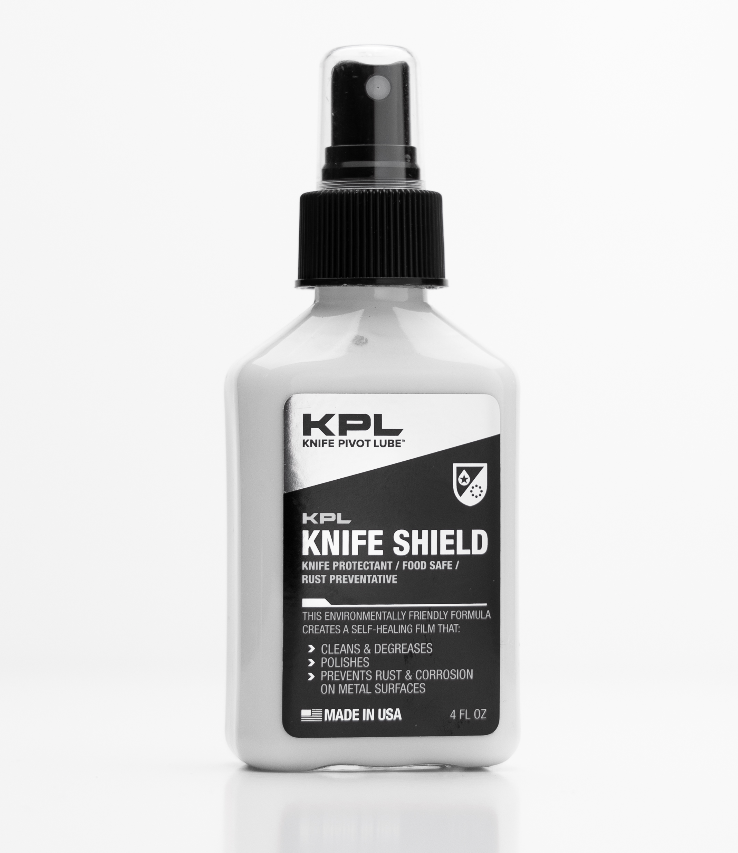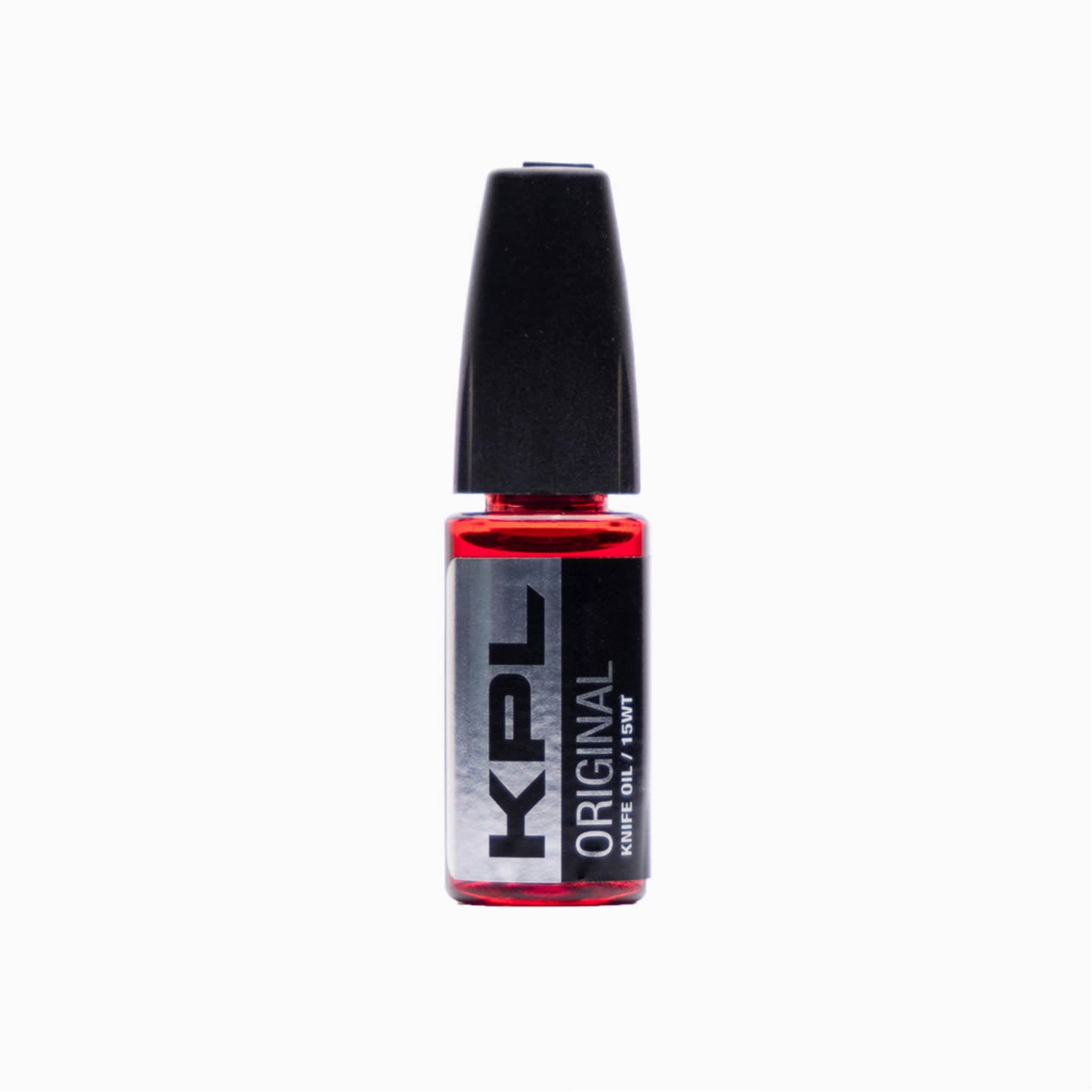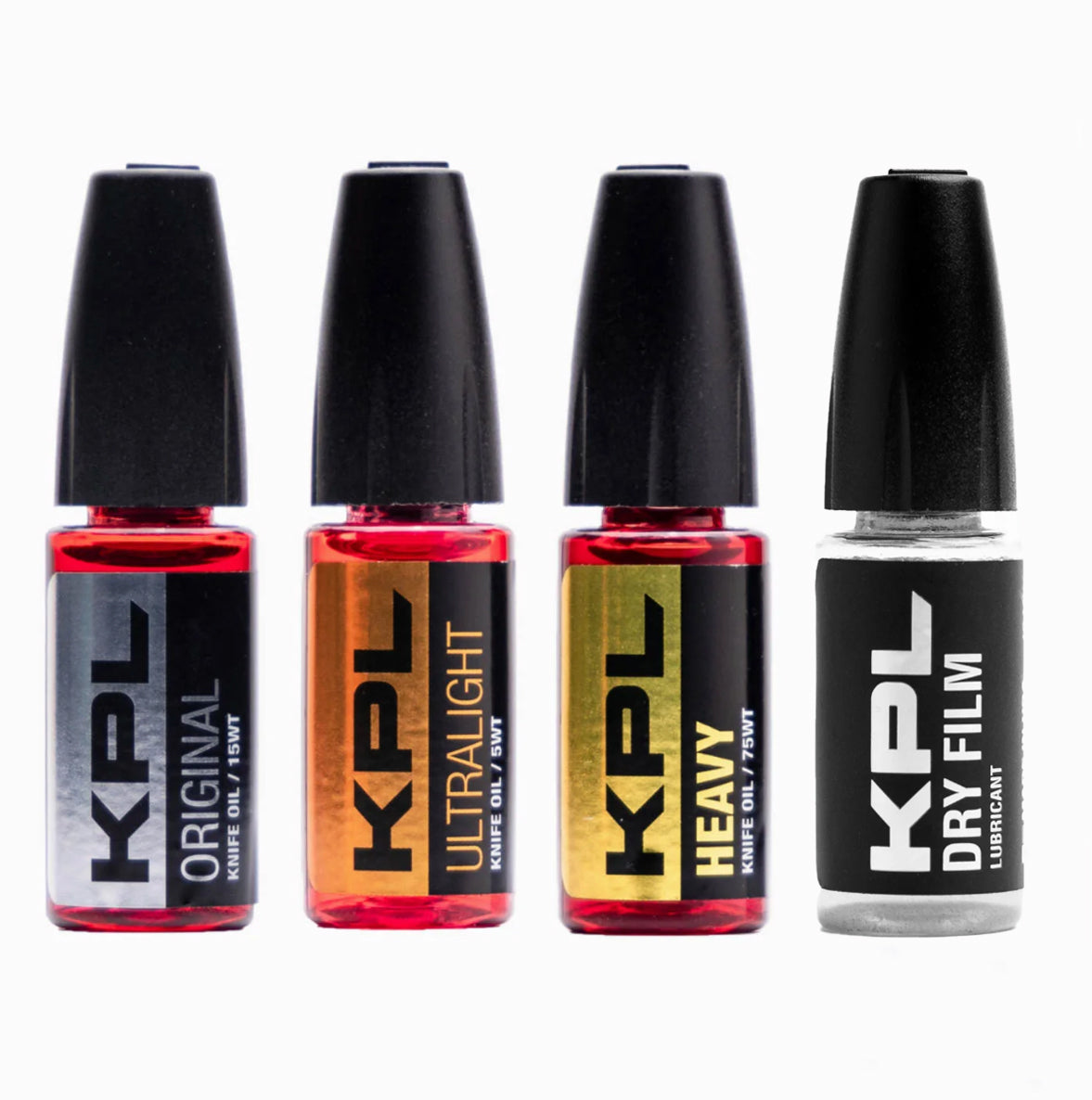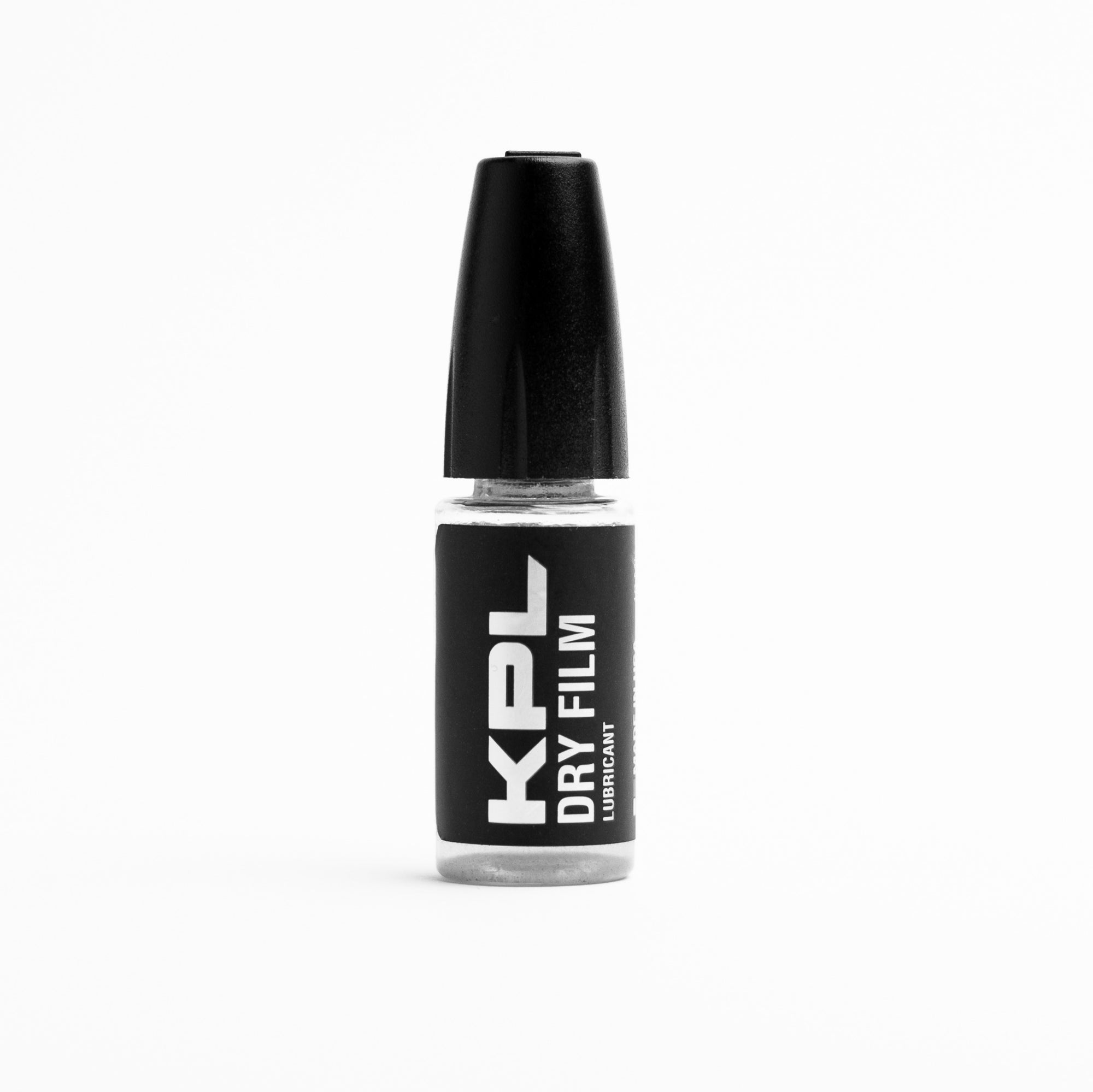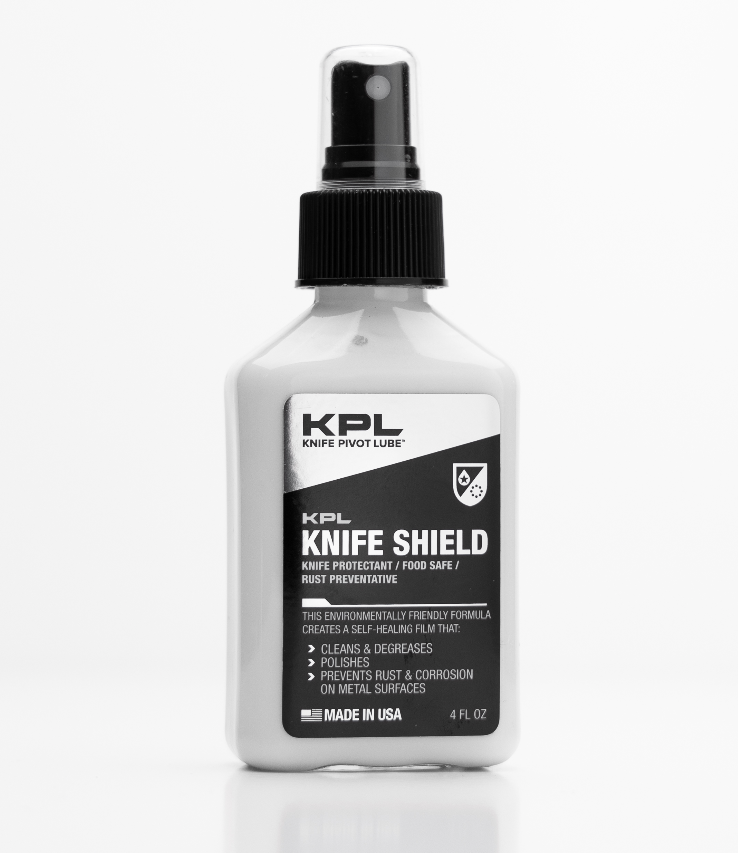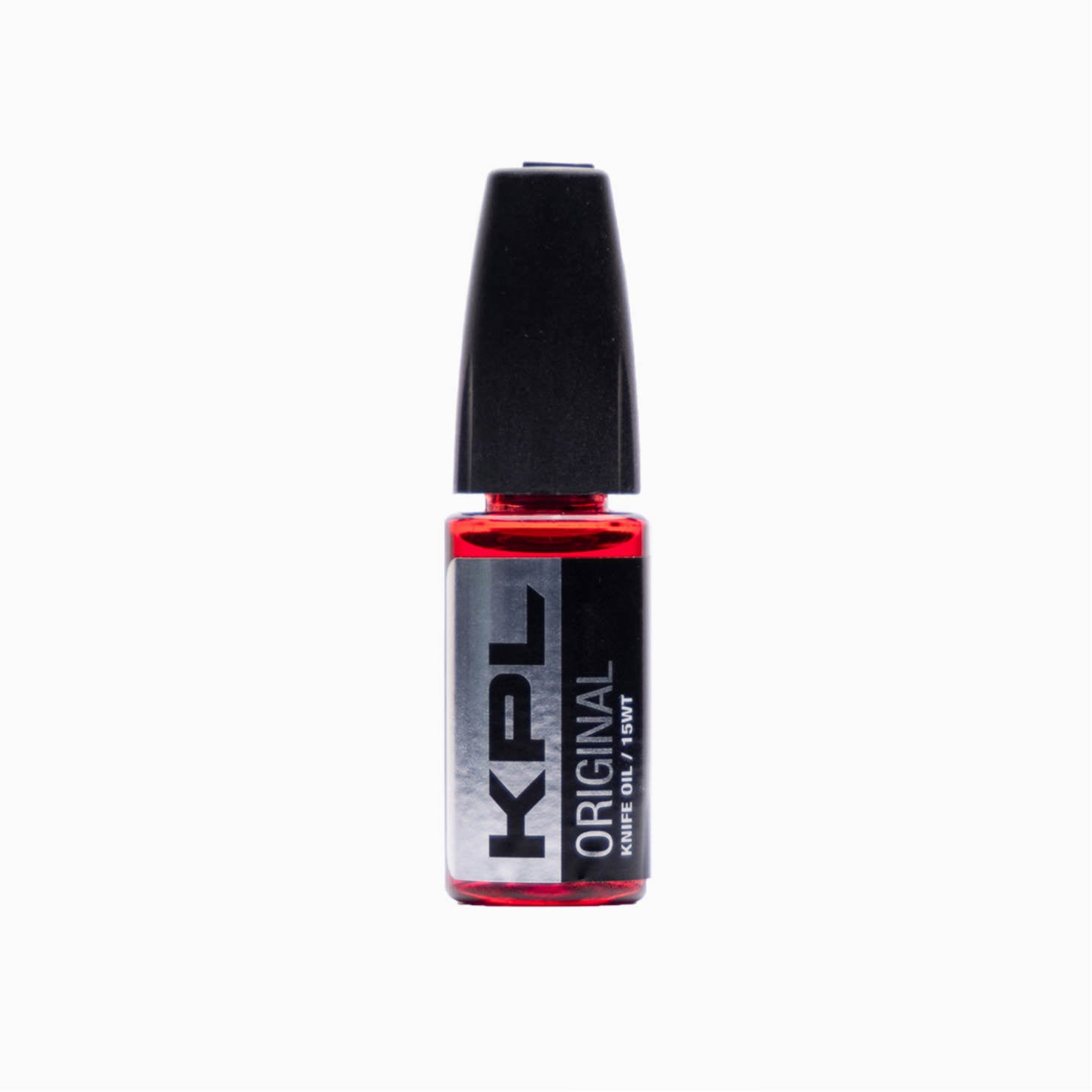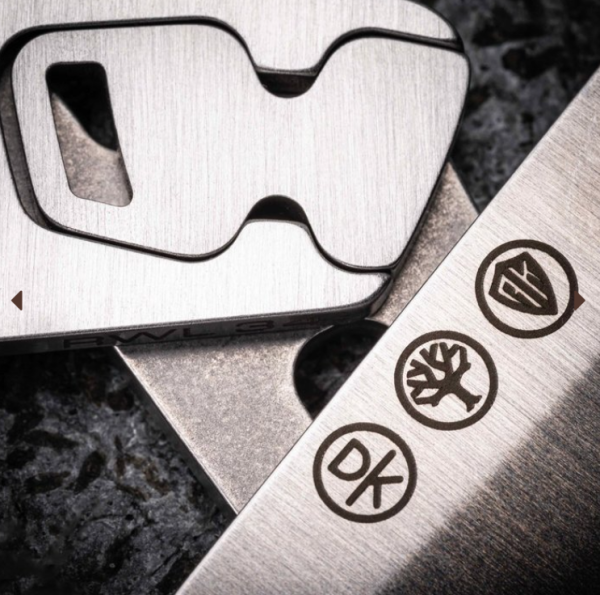News
What is a Knife Hallmark?
Ever see a symbol etched or stamped into your knife's blade and wonder what it meant? That symbol is what's known as a maker's mark, touchmark or hallmark and most pocketknives manufactured today feature several of them.
These types of marks originated historically with metalworkers who carved their own hardened stamps that were used to stamp a symbol into their work as an indication of origin and a mark showing pride in their work. Often these symbols were fairly simple, because they had to be distinctive and legible on forged surfaces that might be subjected to later rust and corrosion.
Markings today are often made using lasers, chemical etchants, or CNC engravers, meaning they can be much more detailed and are often used to convey a wealth of information.
On a modern knife, you can typically expect hallmarks to appear on both sides of a blade, and they usually convey more information that simply which person or company made the knife. In fact, on many of today's knives you'll see at three separate pieces of information etched into a blade's surface or sometimes into the handle:

Maker's Marks for Fallkniven and Benchmade Knives
Steel Type - On most knives the steel type is indicated on the blade, and is etched in smaller lettering near the spine or pivot area of the knife. Look for combinations of letters/numbers like "M390," "S30V," 14C28N," or a name that sounds like it might indicate a steel type (e.g., "Elmax," "Magnacut,"). Information on steel type becomes important when caring for the steel either to prevent rust or when sharpening so you can choose an appropriate stone. For example, some steels will never perform well near salt water, while others are just fine. Also, you may want to apply a corrosion preventive like Knife Shield more frequently.

Model Name - a few knife brands include the knife model name on the blade or handle, though this is much rarer. Knowing the name of your knife model makes it easier to recommend a knife you love to a friend!
Learn more about your steel type by using the Knife Steel app on your phone:
This app includes brief descriptions of each steel you might come across along with a few performance notes and information on the elemental composition of the steel itself. You can also learn in-depth information on your particular steel by visiting the Knife Steel Nerds website. There, Larrin Thomas presents steel information in an academic manner, consistent with the standards you'd expect from a metallurgist specializing in cutlery and sheet steel. His information dispels many of the mythologies surrounding steels that had formerly proliferated around the internet!
Next time you pull out a pocketknife, take a moment to Google the information etched into the blade, or tang of your knife! Tons of interesting information awaits you and you're sure to learn something new about steels, sharpening, or the designer that created the work of art you purchased!

